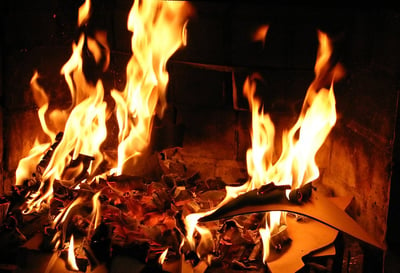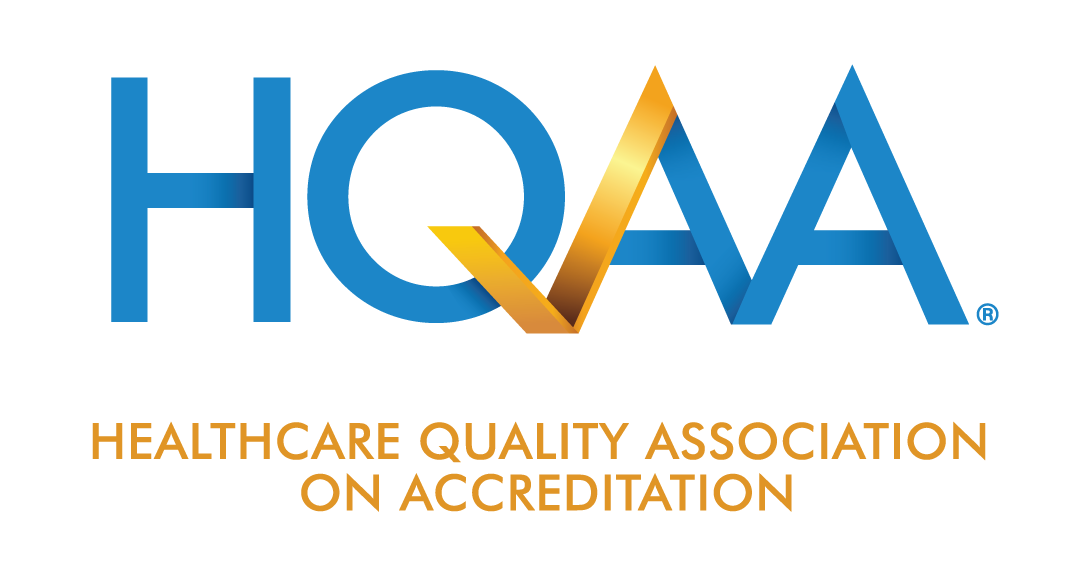 I’ve known two DME owners whose businesses were destroyed by fire. In one case, a consulting customer of mine owned a DME in a Upstate New York strip plaza. Two doors down was a laundromat and fire broke out and actually traveled through the walls. The structure remained standing, but their inventory and the entire interior of their storefront were destroyed by smoke and water, despite the best efforts of the fire department. The second case was a business in the south, located in a rented warehouse in a rather remote location. The fire was arson, and investigators eventually prosecuted the building’s owner for arson and insurance fraud. In both cases, the businesses had adequate insurance, and the owners rebuilt. However, in both cases, the owners bemoaned their losses, suffered terrible inconvenience, and recounted stories of the irreparable harm the fires did to their operations.
I’ve known two DME owners whose businesses were destroyed by fire. In one case, a consulting customer of mine owned a DME in a Upstate New York strip plaza. Two doors down was a laundromat and fire broke out and actually traveled through the walls. The structure remained standing, but their inventory and the entire interior of their storefront were destroyed by smoke and water, despite the best efforts of the fire department. The second case was a business in the south, located in a rented warehouse in a rather remote location. The fire was arson, and investigators eventually prosecuted the building’s owner for arson and insurance fraud. In both cases, the businesses had adequate insurance, and the owners rebuilt. However, in both cases, the owners bemoaned their losses, suffered terrible inconvenience, and recounted stories of the irreparable harm the fires did to their operations.
Fire safety is extremely important in our daily lives—at work, at home, everywhere! Like so many things in our lives, it’s easy to become complacent and shrug off the importance of fire safety at work. The DME industry includes some very specific and somewhat unique aspects that have to be considered in preventing fires.
Not only do accreditation standards promote fire safety and stress fire prevention, law and regulation does as well. OSHA, local law, and licensing requirements all reinforce the importance of good fire safety and prevention through their standards, regulations, and best practices.
The following checklist is a good start. Use it within your organization and be sure to revise it to suit your individual circumstances.
- All businesses should have fire extinguishers. Ensure you are using the correct type and size extinguisher and make sure they are checked per manufacturer’s recommendations for operational integrity. Most require monthly visual checks and more detailed annual inspection by a professional service provider.
- All businesses should have smoke detectors. Check the batteries on a regular basis. In some locations, sprinkler systems are a requirement as well. Are the smoke detectors and sprinkler systems at your business functioning properly and are they being checked?
- Exit signage and posted exit strategies remain a simple but effective way to promote fire safety. Use common sense in placement of signage and posted strategies, or if in doubt, call in an expert from a local fire safety company. In some communities, fire marshals happily provide aid and information, often free of charge.
- Your organization should conduct regular fire drills. These drills should be done in all locations (branches, corporate offices, and warehouses) on at least an annual basis.
- Keep warehouse and equipment/supply storage areas neat and organized. Make sure there is adequate and open entrance and egress. We’ve all seen warehouse areas that were set up like mazes and it’s easy to “get lost” in the aisles, amid the pallets and boxes and shelves. Now, imagine getting lost in that same area as a fire rages through the building, billowing blinding and toxic smoke.
- Carefully design storage areas for flammable materials. Note that some cleaning and disinfecting agents might be flammable. Motor oil, gasoline, paint, and any petroleum products need to be carefully stored in separate areas away from heat sources, open flames, paper products, etc.
- Oxygen storage comes with its own set of rules, regulations, and safety requirements. Stay tuned and next month we’ll discuss safe oxygen storage and fire prevention. For now, suffice it to say that your oxygen should be segregated into a separate area and stored in compliance with FDA standards.
- NO SMOKING. A warehouse full of boxes is just not a good place for cigarettes (or any open flames for that matter).
- Carry your organization’s fire safety philosophy over into the delivery vehicles. Each vehicle should have a fire extinguisher. Again, oxygen transport has some very specific requirements as well.
- Teach your customer/patients about fire safety. This is a no-brainer with oxygen, but all home medical equipment patients can benefit from brief instruction on general home safety including fire safety. Fire safety instruction should be part of the initial patient instruction at the time of admission to service.
- Don’t forget to train ALL employees about fire safety. This includes participating in fire drills, knowing how to use fire extinguishers, and identifying exit strategies in the event of a workplace fire.
- Last but not least, be sure to carry adequate insurance coverage. Note that in my examples of DME fires, the fires occurred for reasons beyond the control of DME staff. Regardless of who’s fault the fires were, you need a financial plan to carry on operations at your business.
The old adage “An ounce of prevention is worth a pound of cure” applies here. Take the time for these simple, responsible measures and head off problems down the road.


